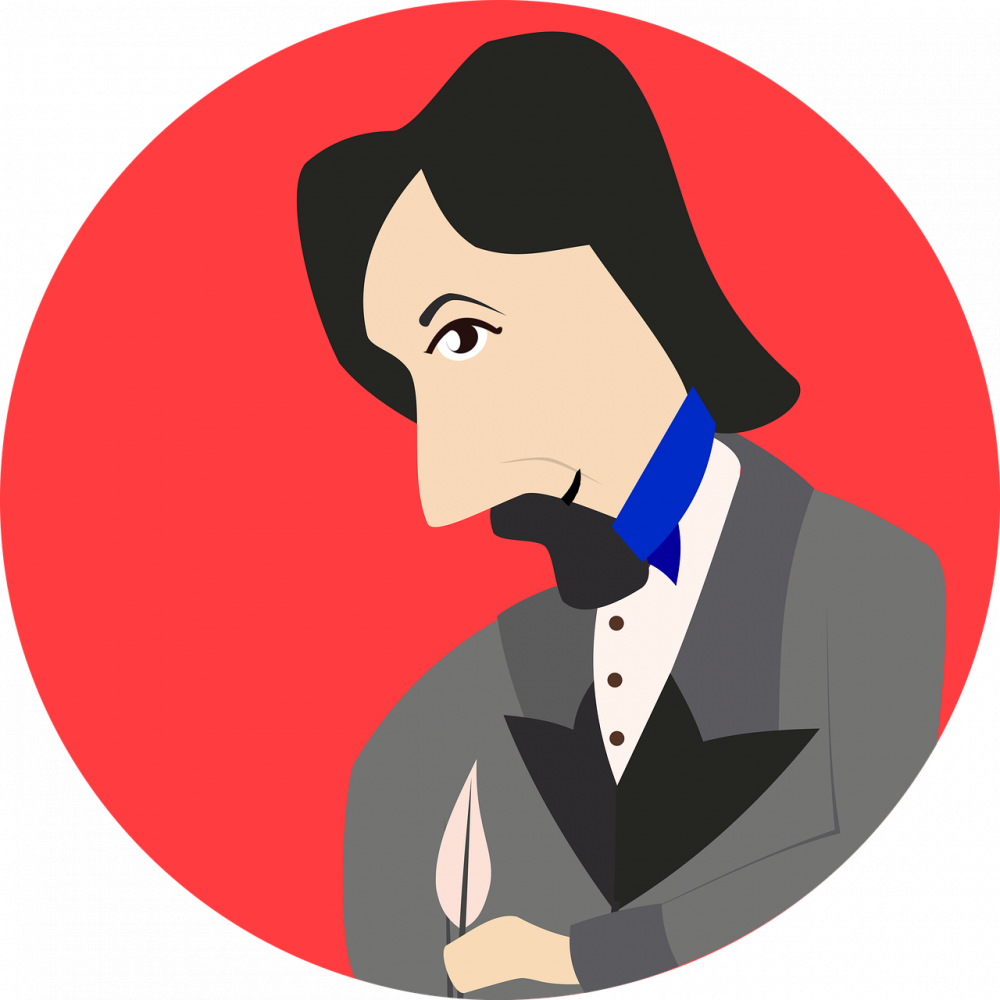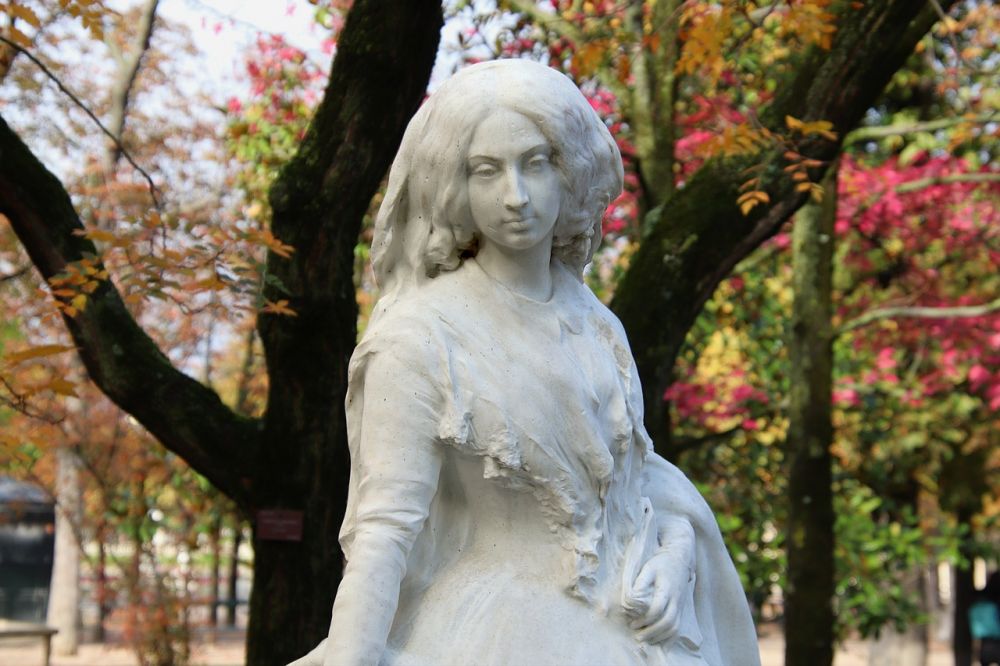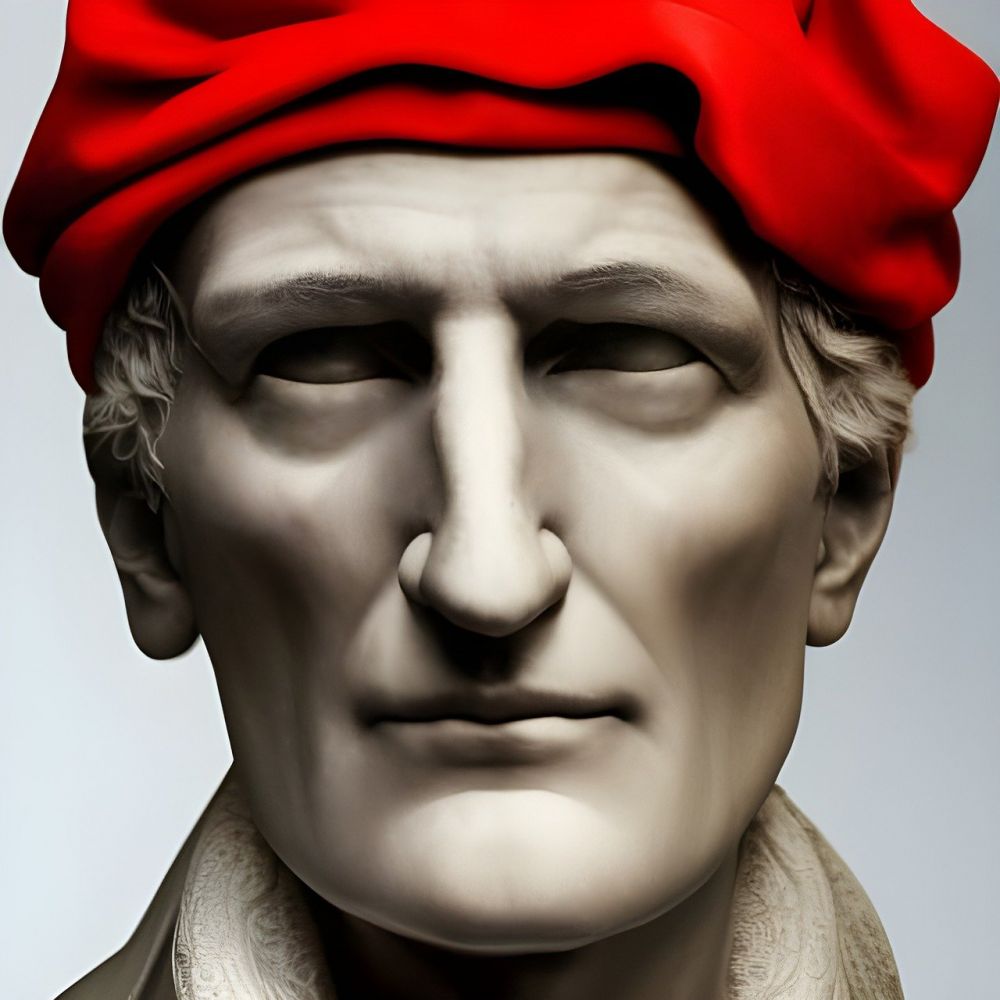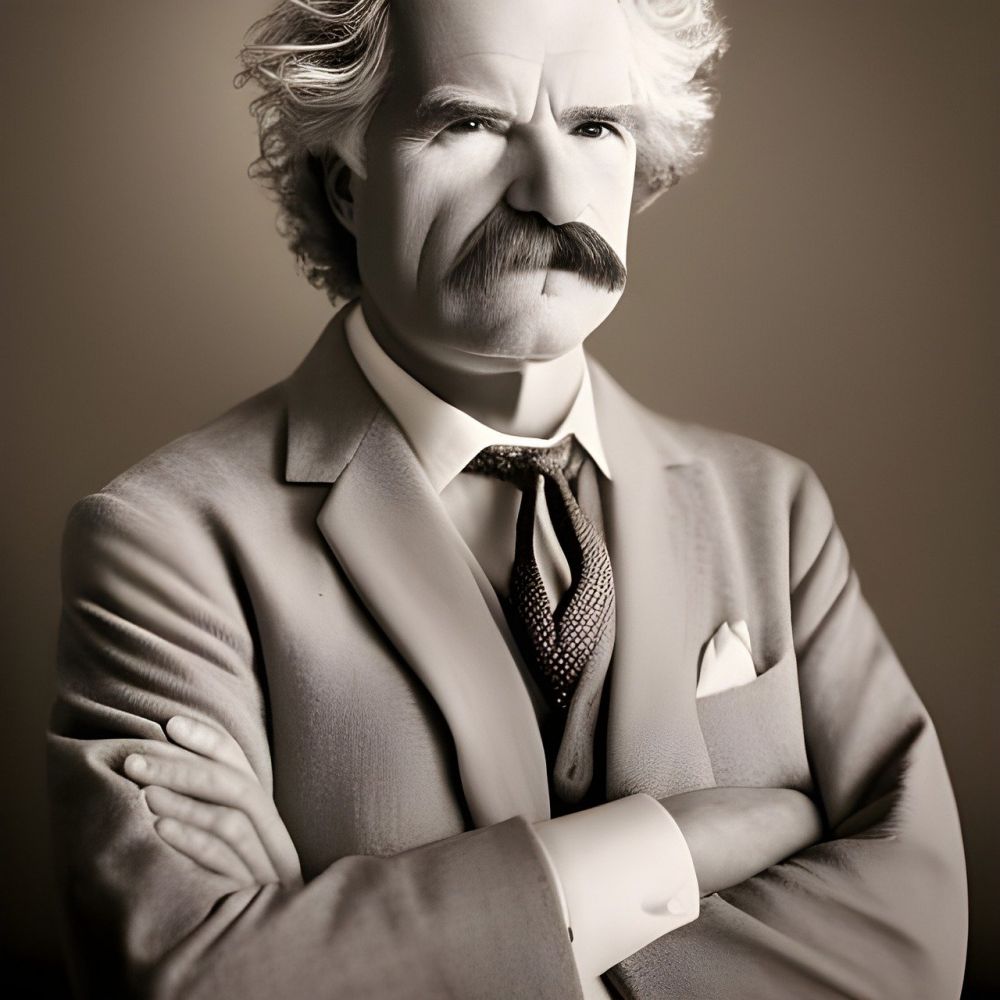Orlando Virginia Woolf: A Timeless Exploration of Identity and Gender
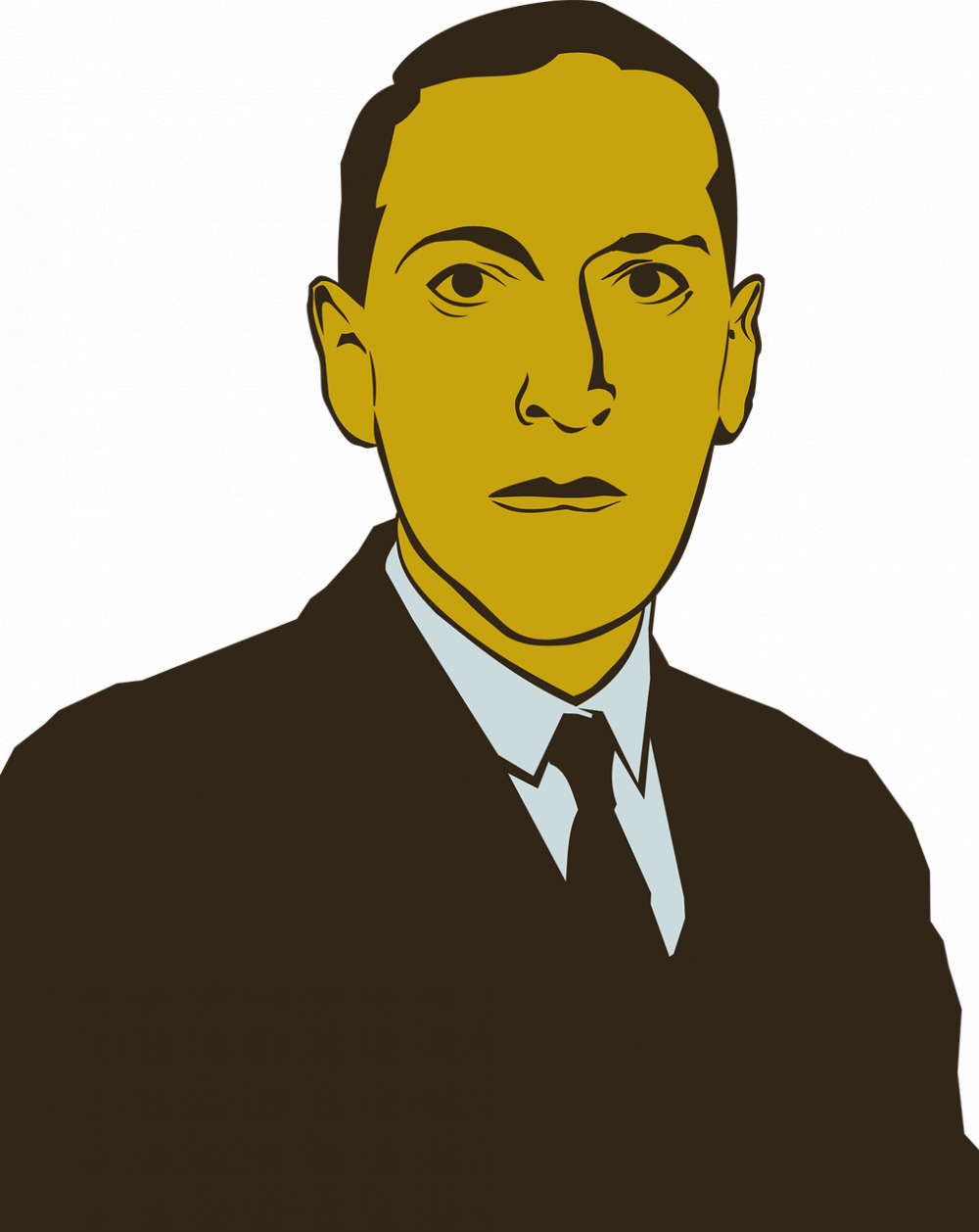
Introduction:
In the realm of literature, few works have captured the essence of an ever-changing human experience as profoundly as “Orlando Virginia Woolf.” Penned by the acclaimed modernist writer Virginia Woolf in 1928, this groundbreaking novel challenges conventional notions of identity, gender, and human existence. Whether you are a seasoned literature enthusiast or simply curious about this influential work, delving into the depths of “Orlando Virginia Woolf” offers a captivating journey into the facets of self-discovery and artistic expression.
Part 1: The essence of “Orlando Virginia Woolf”

Since its publication, “Orlando Virginia Woolf” has mesmerized readers with its unique blend of poetic prose and profound introspection. The novel revolves around the life of the titular character, Orlando, whose story spans over four centuries. Through Orlando’s transformative journey, Woolf seamlessly explores themes of gender fluidity, self-discovery, and the fluidity of time.
As we delve into the heart of “Orlando Virginia Woolf,” it becomes clear that the novel is not merely a literary masterpiece; it is a contemplation of the complexities of human existence itself. Woolf’s exquisite craftsmanship allows readers to question the very fabric of their own identities and societal constructs. With every sentence, she challenges traditional norms and exposes the limitations of gender binaries, inviting readers to embrace the fluidity and multiplicity of their own selves.
Part 2: The historical evolution of “Orlando Virginia Woolf”
To truly appreciate the impact of “Orlando Virginia Woolf,” we must embark on a historical journey through its development. Published in the aftermath of the First World War and amidst the suffragette movement, Woolf’s exploration of gender and identity was not only ahead of its time but also highly relevant to the societal shifts occurring during the early 20th century.
The novel serves as an amalgamation of Woolf’s literary experimentation and her personal discussions on gender and sexuality within the Bloomsbury Group, a collective of influential artists and intellectuals. As a member of this avant-garde circle, Woolf was exposed to progressive ideas that challenged the conventions of Victorian society.
Woolf’s narrative in “Orlando Virginia Woolf” is heavily influenced by her own experiences and those of individuals she encountered. The character of Orlando, inspired by Woolf’s close friend and lover, Vita Sackville-West, further adds both depth and authenticity to the exploration of gender fluidity. This fusion of personal experiences and intellectual discourse sets the stage for the novel’s timeless significance.
Incorporating bullet points for better visibility:
– “Orlando Virginia Woolf” challenges conventional notions of identity and gender.
– Woolf’s craftsmanship invites readers to embrace the fluidity and multiplicity of their own selves.
– Published amidst the suffragette movement, the novel reflects the societal shifts of the early 20th century.
– The Bloomsbury Group influenced Woolf’s exploration of gender and identity.
– The character of Orlando, inspired by Vita Sackville-West, adds depth and authenticity to the novel’s exploration.
Part 3: Exploring “Orlando Virginia Woolf” visually [INSERT VIDEO HERE]
Words alone cannot capture the sheer visual and emotional impact of “Orlando Virginia Woolf.” In this seminal work, Woolf’s vivid descriptions and intricate scenes paint a rich tapestry that demands visual representation. [INSERT VIDEO HERE] allows us to dive deeper into the world of “Orlando Virginia Woolf,” visually immersing ourselves in the narrative’s power and artistic brilliance.
Conclusion:
As we conclude our exploration of “Orlando Virginia Woolf,” it becomes evident that this work goes far beyond a mere novel. It stands as a timeless testament to the power of literature in challenging societal norms, embracing individuality, and igniting intellectual discourse. Virginia Woolf’s poetic prose invites us to embark on a journey of self-discovery, prompting introspection and reevaluation of our own identities. For lovers of art and collectors alike, “Orlando Virginia Woolf” is an essential addition to any literary repertoire, forever inspiring generations to come.
Word Count: 625
